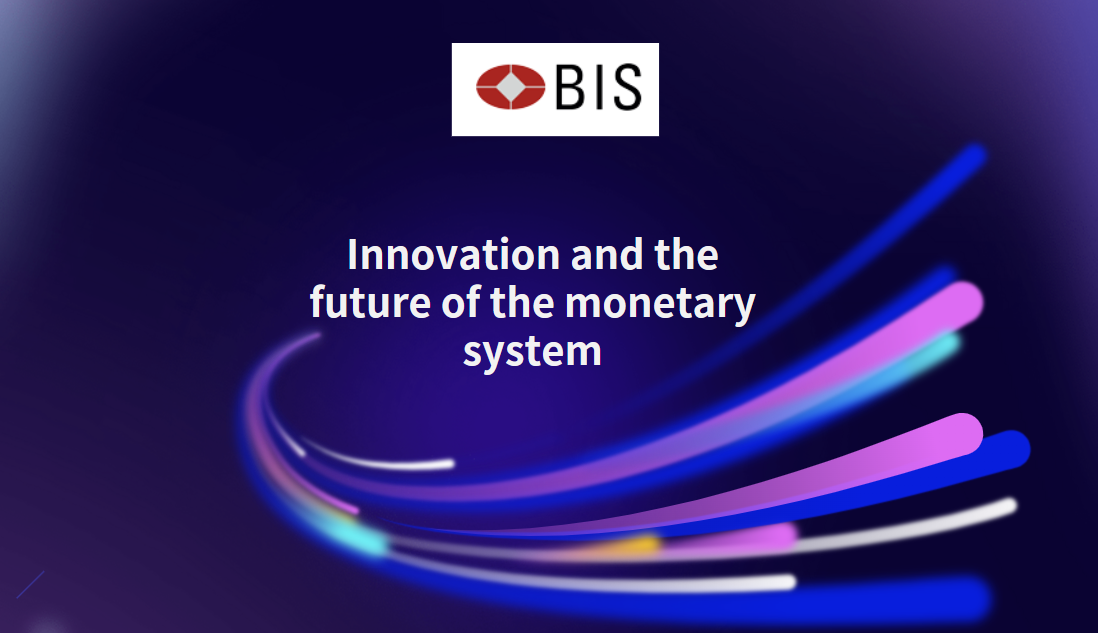Recent Economic Developments in Singapore, February 2023
Download → Recent Economic Developments
Economic and Monetary Developments
Economic and Monetary Developments International Economy
Global headline inflation appears to have peaked towards the end of last year. However, the easing of price pressures is narrowly attributed to the correction in global commodity and logistical costs, and has resulted in a wedge between goods and services inflation.
The growing bifurcation between goods and services inflation is set to continue throughout 2023, which will have implications for global monetary policy and economic growth outcomes. Specifically, core inflation is set to remain elevated and decelerate more slowly due to labour market tightness and still-resilient demand for consumer services. Accordingly, global inflation this year is expected to ease from the high of 5.3% in 2022 but will still be well above its 2017–19 average of 1.9%.
Despite a discernible drag from the manufacturing and goods trade sectors, the global economy is likely to experience a shallow downturn in 2023, as consumer-related services, including those attributed to tourism, are expected to remain firm. Global growth is forecast to slow to slightly above 2% this year from an estimated 3.4% in 2022, and be uneven and desynchronised across and within economies. While the US and Eurozone could see some quarterly contractions this year, as the overall macro policy stance has shifted to one of the most restrictive postures in recent periods, the downturns are expected to be mild, given underlying labour market strength.
China's reopening will provide a boost to the region, primarily through tourism. The impact on regional goods trade is however expected to be more muted, and insufficient to offset weaker G3 demand, given the lower import intensity of consumer spending which will drive China's growth this year.
Persistent inflationary pressures and policy miscalibrations are key risks for 2023. Specifically, sustained core inflation would have implications for monetary policy and the broader economic outlook. Tighter financial conditions could also trigger financial stresses for highly indebted corporates and households, and instability in advanced economies money markets. Renewed geopolitical tensions and new virus strains all remain material sources of risk to the outlook.





















































First, please LoginComment After ~